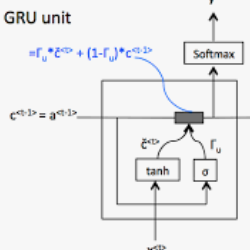Driving behaviour is one of the primary causes of road crashes and accidents, and these can be decreased by identifying and minimizing aggressive driving behaviour. This study identifies the timesteps when a driver in different circumstances (rush, mental conflicts, reprisal) begins to drive aggressively. An observer (real or virtual) is needed to examine driving behaviour to discover aggressive driving occasions; we overcome this problem by using a smartphone's GPS sensor to detect locations and classify drivers' driving behaviour every three minutes. To detect timeseries patterns in our dataset, we employ RNN (GRU, LSTM) algorithms to identify patterns during the driving course. The algorithm is independent of road, vehicle, position, or driver characteristics. We conclude that three minutes (or more) of driving (120 seconds of GPS data) is sufficient to identify driver behaviour. The results show high accuracy and a high F1 score.
翻译:驾驶行为是道路撞车和事故的主要原因之一,通过识别和尽量减少攻击性驾驶行为可以减少这些原因。本研究确定了在不同情况下(笔记、精神冲突、报复)驾驶者开始积极驾驶的时间步骤。需要一名观察员(实际或虚拟)来检查驾驶行为以发现攻击性驾驶情况;我们通过使用智能手机的全球定位系统传感器来探测地点并每三分钟对驾驶者驾驶行为进行分类来解决这个问题。为了探测我们的数据集中的时间序列模式,我们使用了RNN(GRU、LSTM)算法来查明驾驶过程中的模式。算法独立于道路、车辆、位置或驾驶者特点。我们的结论是,驾驶3分钟(或以上)(全球定位系统数据120秒)足以识别驾驶者的行为。结果显示高度精准和高F1分。



